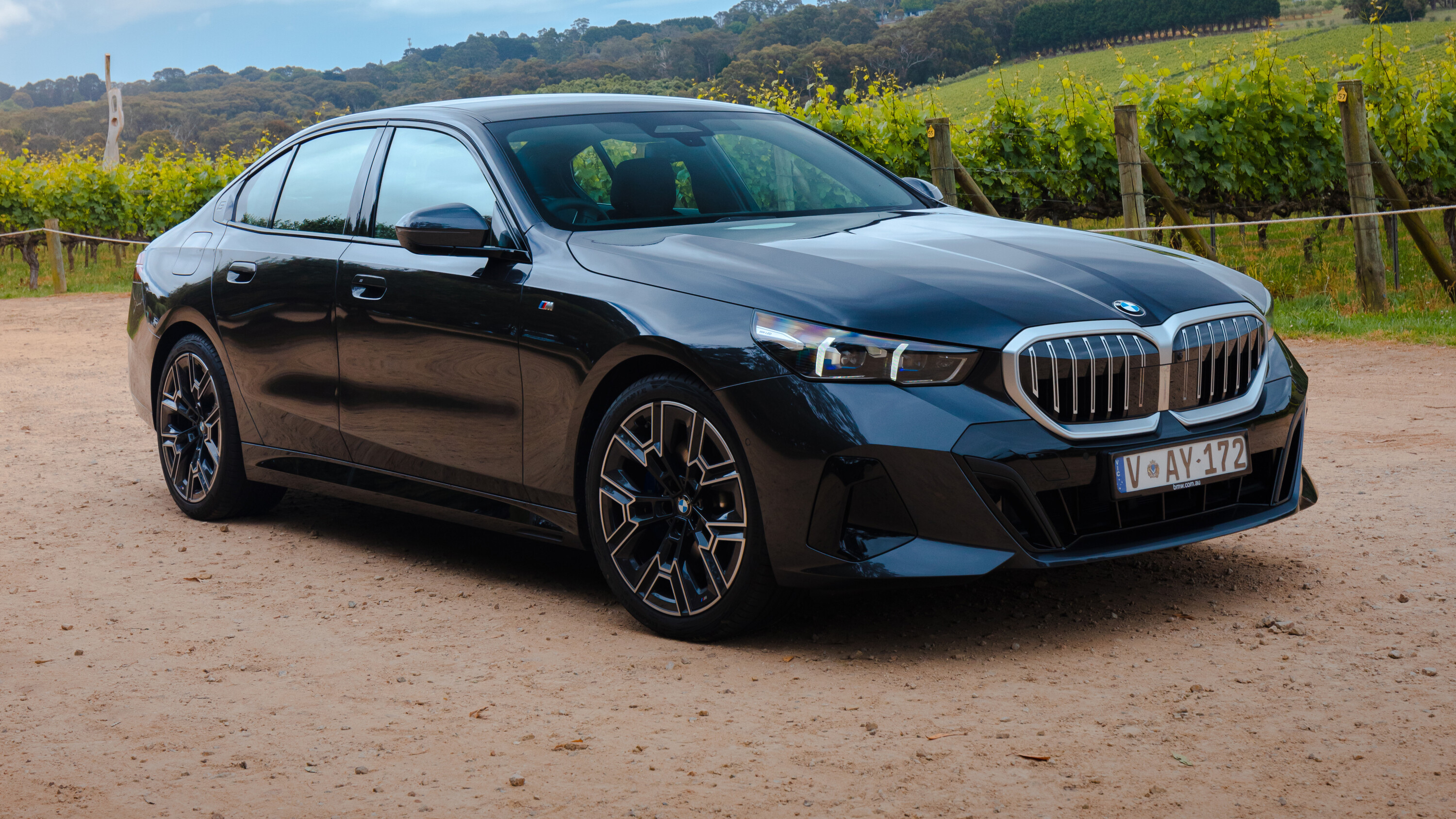Score breakdown
Things we like
- Ride quality is excellent
- Interior quality and equipment provision might just be best in class
- Styling is restrained and elegant
- Strong fuel economy
Not so much
- Engine is largely underwhelming
- Eco tyres are unbecoming of a BMW sedan
- Only petrol-powered model in range at launch
- Unresolved product pitch
There’s a moment with the new BMW 520i where you wonder if everything is OK.
You’ll have clocked the $114,900 price tag and looked at the modest 153kW power output from its four cylinder engine and doubts will begin to creep into your mind. Then you open the door, drop into the driver’s seat and you relax. You can see where your money has been spent.
Is that likely to be enough to sell the BMW 520i to its target market? It radiates an aura of quality, a warm and fuzzy feeling that BMW has spent more time and has thought harder in developing this car than is in any way reasonable.
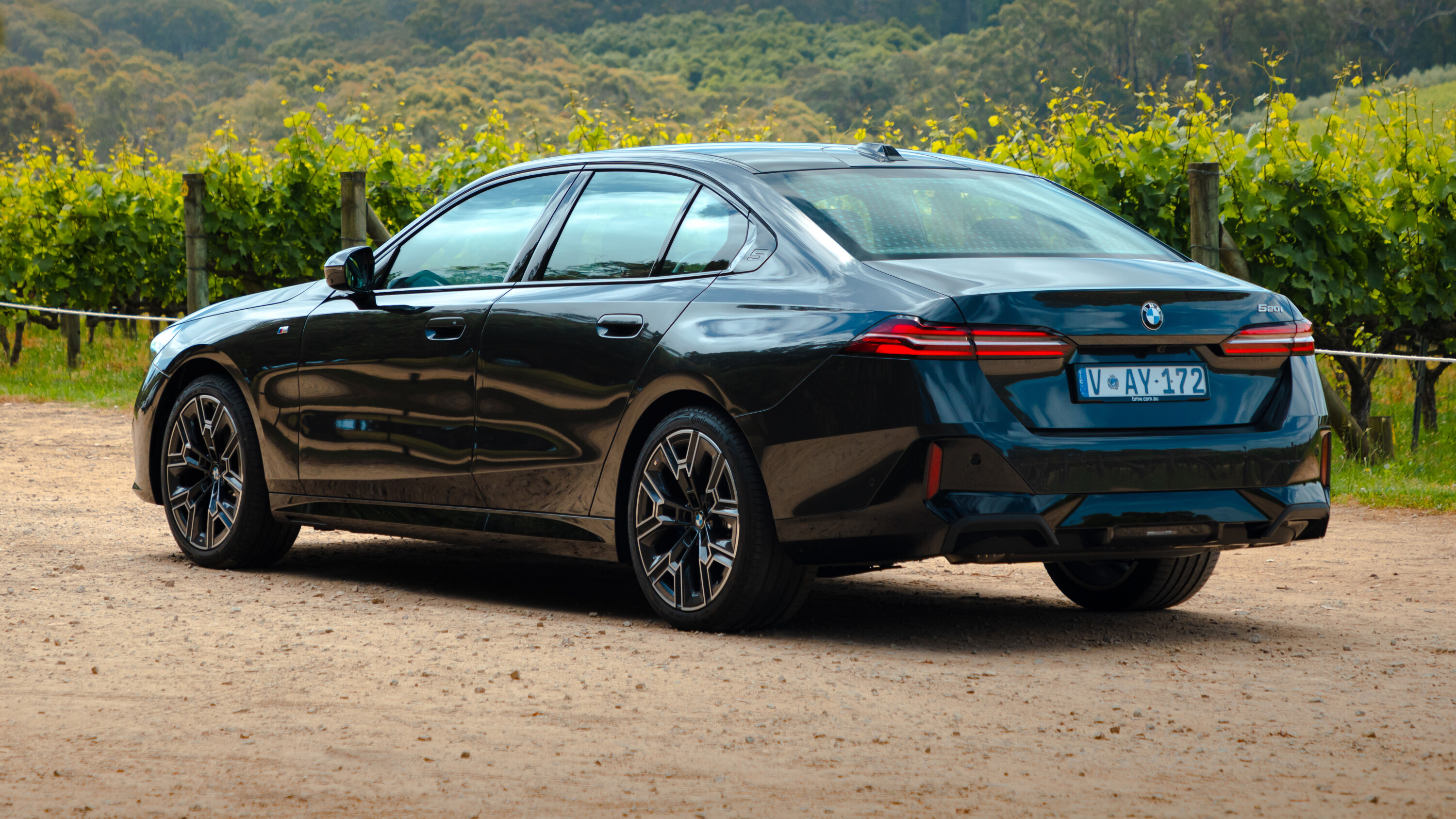
Friends and family who get into the 5 Series will not question your buying decision. It takes about two seconds to understand.
The latest G60 generation, the eighth version of BMW’s executive sedan, has slipped into Australia largely without fanfare. Some of that could well be due to the fact that its styling seems a fairly logical evolutionary shuffle on from its predecessor, the quietly handsome G30, which was sold from 2017.
The outgoing car was nevertheless the best selling car in a low-volume class, so should we expect the latest 520i to come strong out of the gate? Let’s just say that there may be a couple of bumps in that particular road.
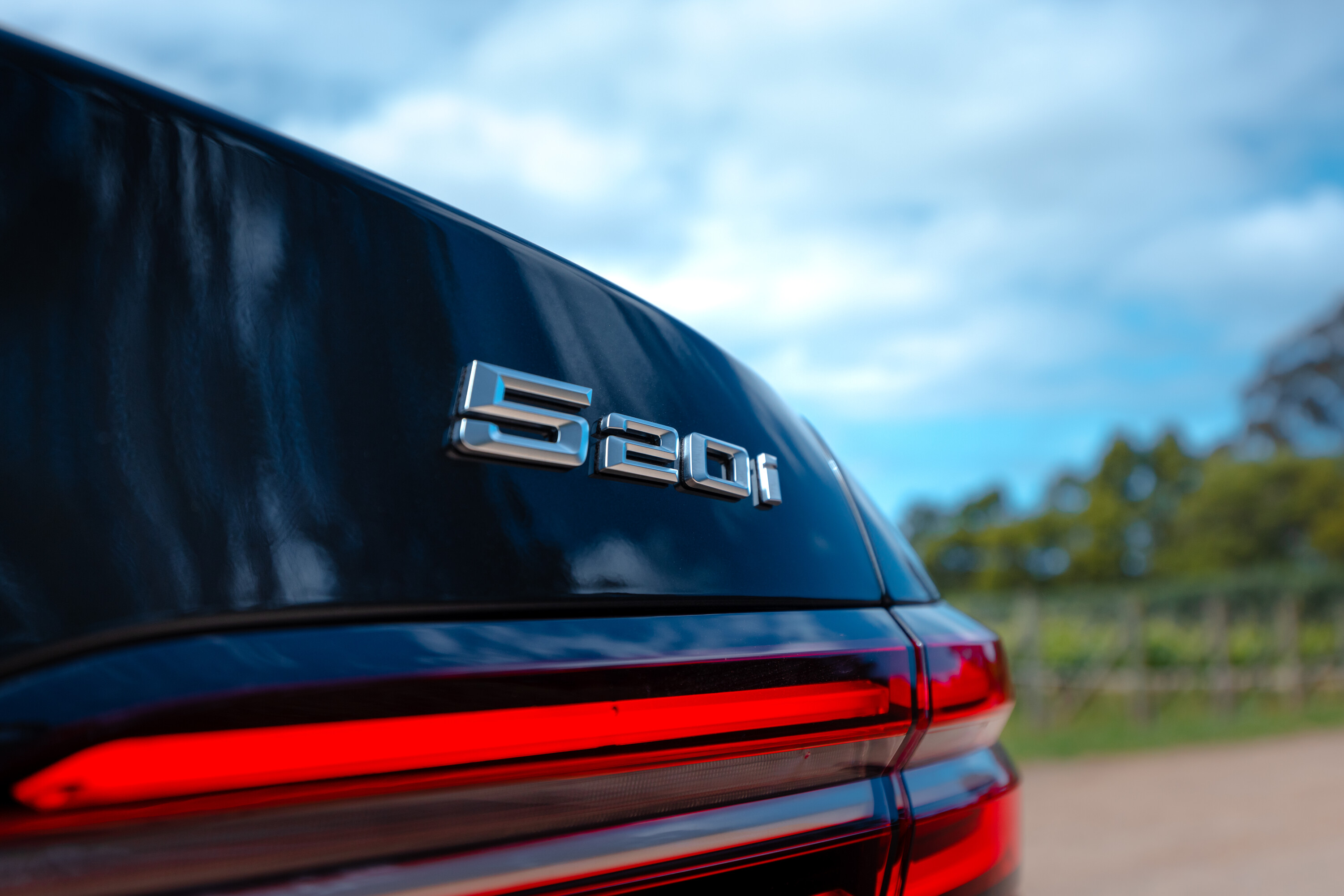
JUMP AHEAD
- How much is it and what do you get?
- How do rivals compare on value?
- What’s the BMW 520i like inside?
- What is it like to drive?
- How is it on fuel?
- How safe is it?
- How long is the warranty and what are the running costs like?
- Would you recommend it?
- Specifications
How much is it and what do you get?
Admittedly, that $114,900 asking price is a bit of a shocker., this being the first generation of 5 Series that opens above six figures here in Australia.
What’s more, it’s overwhelmingly likely that virtually every buyer will also tick the box marked Enhancement Package, which adds another $5400 to the asking price.

This adds 21-inch BMW Individual aero wheels in lieu of the standard 20s, metallic paint and a 655-watt Bowers and Wilkins surround sound audio system which includes no fewer than 17 speakers.
The 520i is already very strongly equipped, with features such as adaptive LED matrix headlights, BMW Connected Drive services, M body styling parts, a panoramic glass roof, a 14.9-inch curved centre touchscreen, heated and memory-function front sports seats, the ‘Iconic Glow’ illuminated grille surround (your mileage may vary on that one), a whole stack of driver assist systems and even remote control parking via an app. You get a lot of gear.
What you don’t get is a lot of engine and, for some, that may be this car’s Achilles heel.
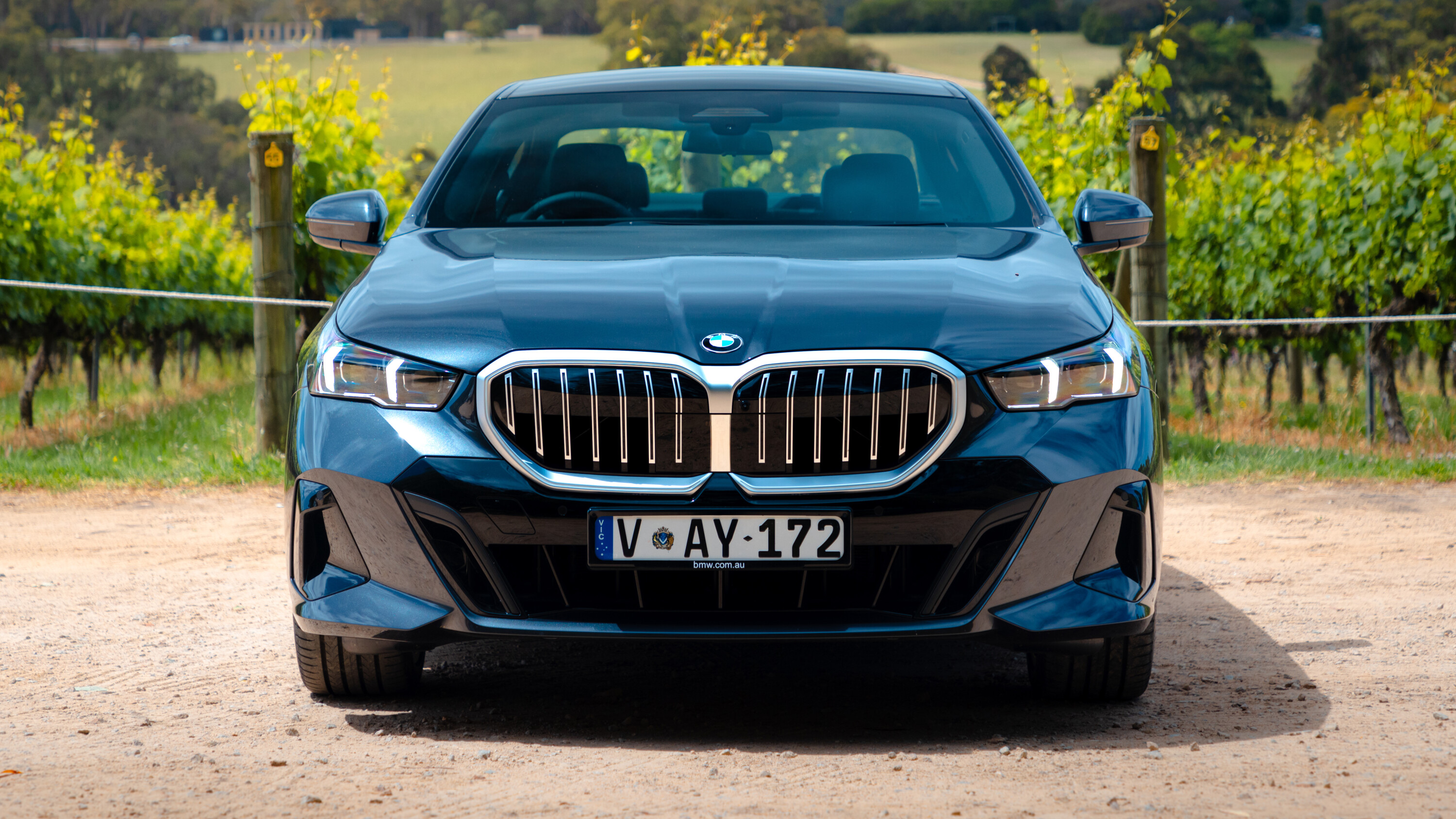
How do rivals compare on value?
Perhaps we should qualify that statement about the 1998cc four-cylinder turbocharged engine.
At 153kW and 330Nm it’s got a little more about it than the ICE powerplants that reside under the bonnets of entry-level versions of the Audi A6 and the Mercedes-Benz E-Class.
Some meat on those bones? Well, the Audi A6 40TFSI fronts up with 140kW and 320Nm. Problem is, that’s a $94,300 car. For $113,400 – still less than the 520i, mind – Audi will sell you a 180kW/370Nm A6 45TFSI quattro S Line. Yep, that’s all-wheel drive and more power, which means the poor BMW wouldn’t see which way the A6 had gone.
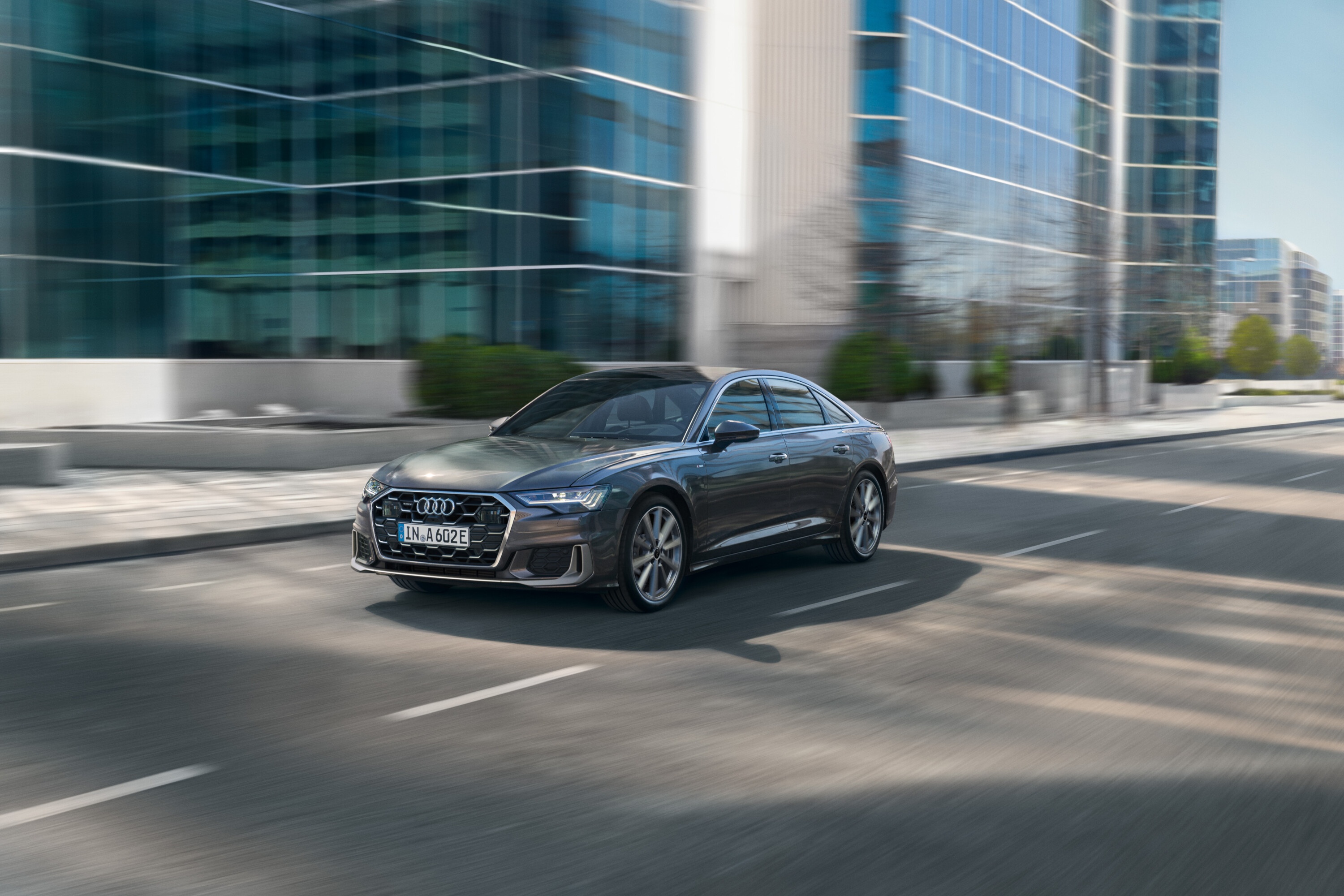
Choose a Mercedes-Benz E200 and, for $106,600, you get 145kW and 320Nm which seems short-changed somewhat, but given that the Merc is both tighter-geared and lighter than the 520i, it’s lineball in terms of performance.
Other rivals? The 221kW/400Nm Jaguar XF P300 Sport is ancient but still decently spry, and the 279kW/530Nm Genesis G80 3.5T AWD is well worth a look if you like to play by your own set of rules. Both are within a sniff of the 520i’s asking price.
It’s worth noting that Alpine White is the only non-cost paint finish. Step up to a metallic palette and you’ll need to square away another $1539, with Tanzanite Blue costing an additional $3385 and the matte finish Frozen Pure Grey and Deep Grey metallics attracting a hefty $5385 premium.
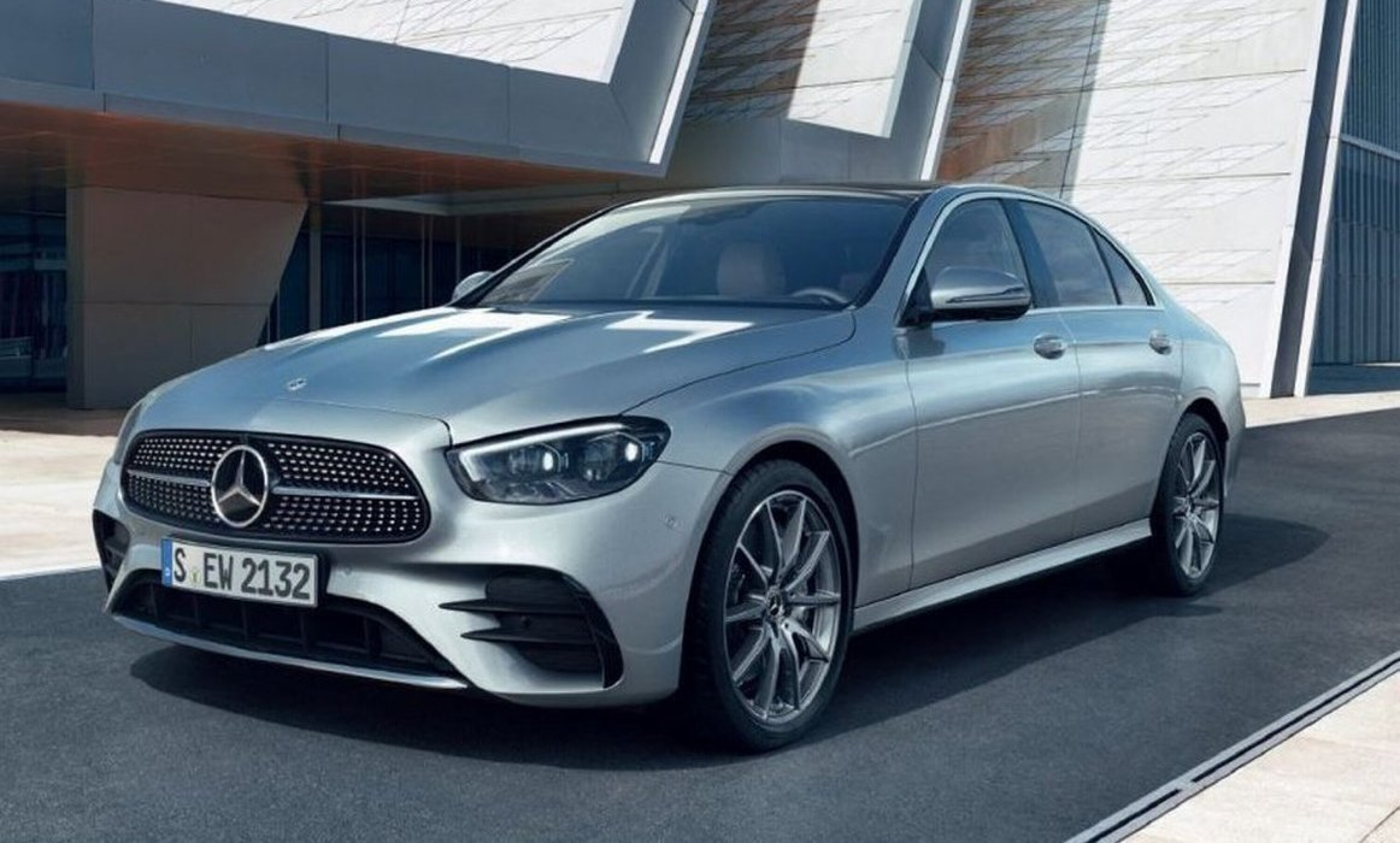
What’s the BMW 520i like inside?
In a word, delightful. There’s really very little to complain about when it comes to the BMW’s cabin.
True nitpickers might point to the fact that a 97mm increase in overall length has translated to a mere 5mm of extra rear leg room, but this is nevertheless a big car now. Width has risen by 32mm, height by 36mm and the wheelbase eases out by an additional 20mm versus its predecessor. In fact, it’s the same size – more or less – as a Chris Bangle-era E65 7 Series.
If you’ve taken it for granted that the modern architectural trope for vehicle interiors is a massive tablet affixed to the dash and little else to consider, you’ll find the 5 Series fascia refreshingly dense.

There’s a lot going on in terms of design elements, materials, different planes, angles, and ways to interact with the vehicle.
It all seems reassuringly expensive too. Animal lovers will also be glad to hear that the seats are trimmed in Veganza, a vegan material, and Alcantara although should you wish to have your 520i trimmed in leather, BMW will gladly oblige, relieving you of $5400 in the process.
Even with the panoramic glass roof, there’s a decent amount of headroom, even for taller drivers, and the sight lines out of the car are good. The steering wheel offers a huge range of adjustment, but it I personally felt that the driver’s seat was perched a little high on its lowest setting, as I’m one of those drivers who prefers to feel ‘in rather than on’ the car.
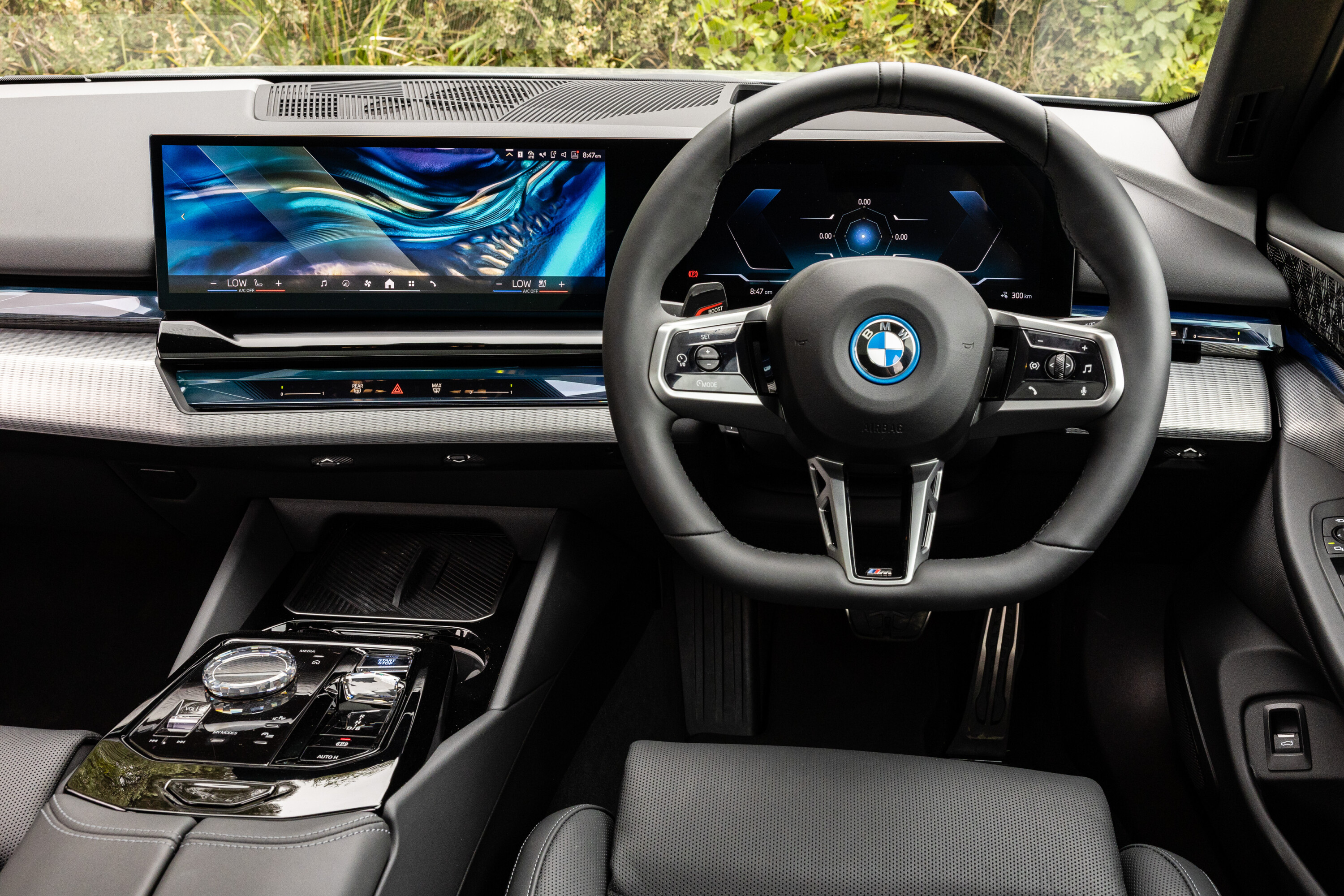
I would have liked to have seen the Comfort seats and non-M Sport front apron on the 520i rather than the sportier treatment Australia gets.
The dash does indeed present you with a lot of black glass, the two rectangular multi-configurable digital displays arcing across the right-hand side of the car in much the same way as we’ve seen in the 7 Series. Thankfully, there are a lot of buttons and switches such that many of the key functions you’ll use for driving aren’t nested within menus on the screen.
The steering wheel controls are sensibly configured and not overwhelming and the dual wireless phone chargers are a very neat touch. The flat-bottomed M steering wheel does look a bit racy for a car with such modest performance, but at least BMW doesn’t slather the 520i in fake carbon fibre given that it tips the scales at 1725kg.

The head-up display deserves special mention as it’s large, crisp and is capable of displaying comprehensive sat-nav directions clearly.
Should you wish, there’s also an augmented reality feature within the latest iDrive 8.5 system that’ll show an image from the 8MP front camera in the dash binnacle with arrows to show the exact exit you need to be taking.
The centre screen can stream YouTube videos, which turns your 5 Series into a mini cinema and there’s also Air Console in-car gaming. Your kids are going to love this, as they get to use a smartphone as a wireless controller and play one or two player games in the car.
Moving round to the rear, the 520i features, aptly enough, a 520-litre boot.
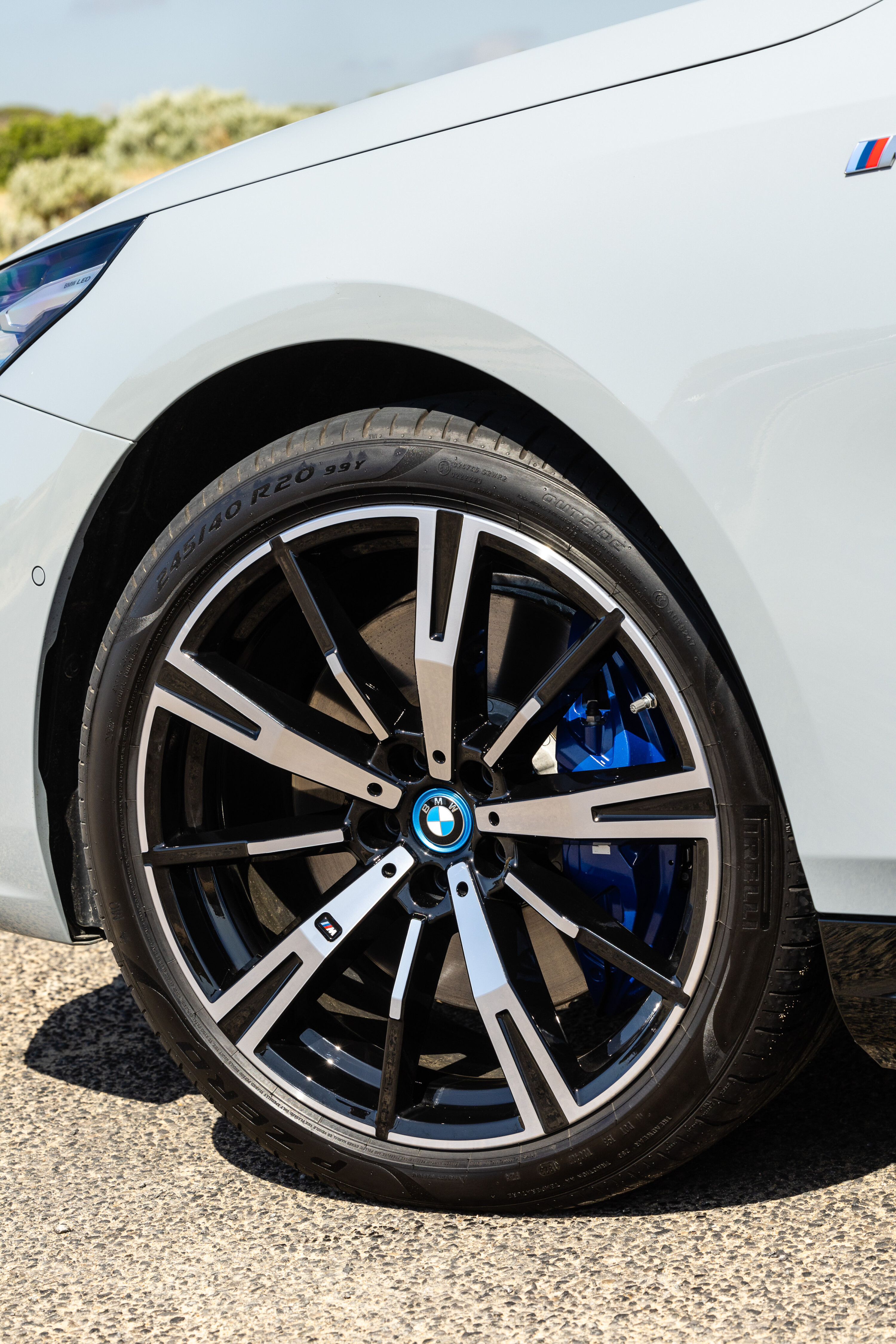
What is it like to drive?
Can we talk about expectations for a moment? I don’t think I’m in the minority to expect a certain standard of dynamics from a petrol-powered BMW sedan.
I want it to feel livelier on its feet than its Audi and Mercedes rivals. I expect it to feel as if it’s been engineered by people who take the long way home from work, just for the fun of it. The 520i doesn’t.
If you blindfolded me, sat me in the front passenger seat and asked me who it was built by, I’d say that it was a manufacturer who could do ride quality but wasn’t very good at engines or handling. The four-cylinder is a largely tuneless thing, extending to a charmless blare when pushed, as it will be often.
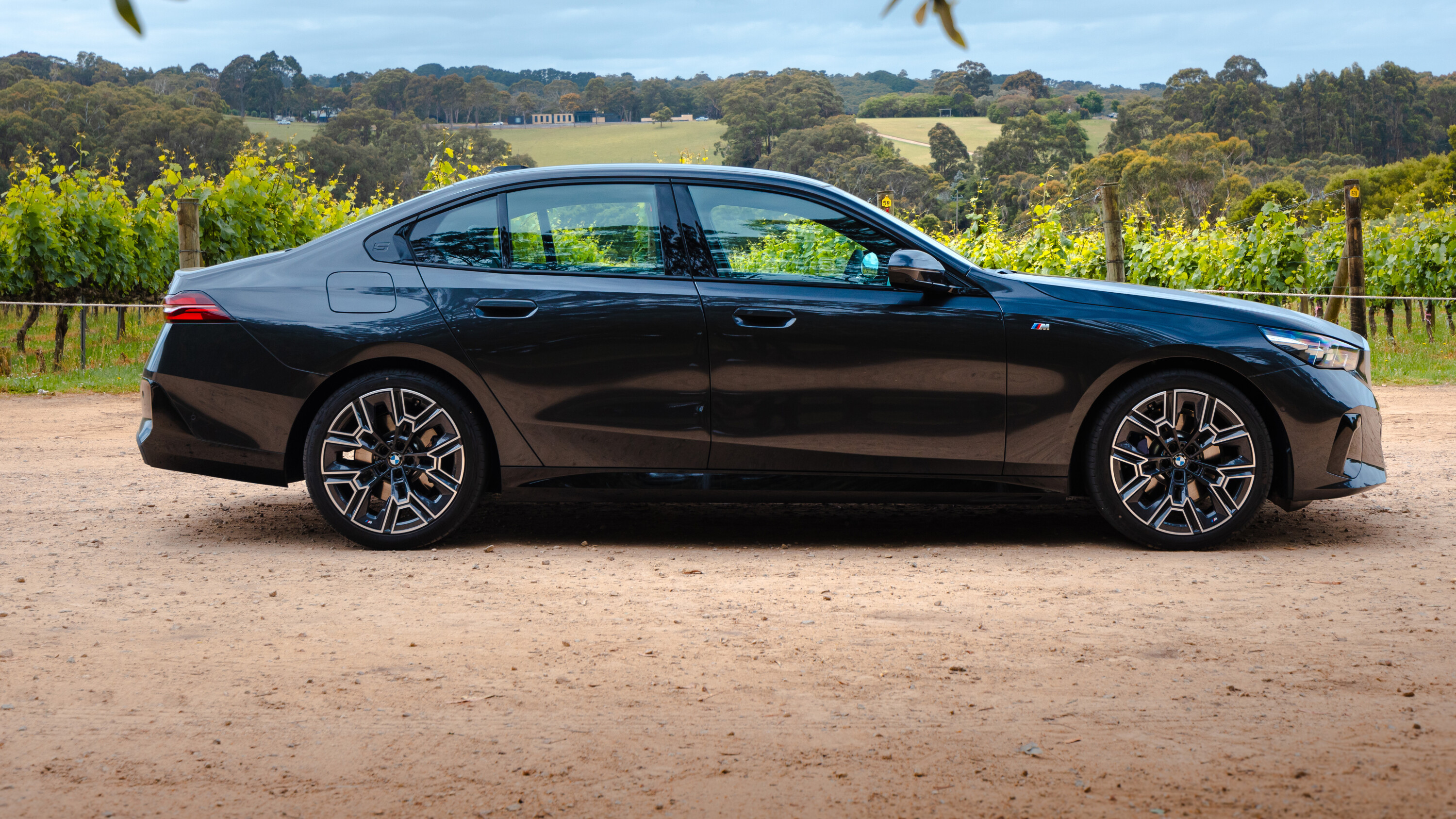
Likewise, when you ask the chassis to show what it can do through a challenging set of corners, it never gets to shine due to the fact that the 520i is hobbled by a truly catastrophic tyre choice.
I’m not saying the Continental EcoContact 6 is a terrible tyre on a Toyota Prius or something of that ilk, but it has no place on a BMW sedan that rides on standard M Sport suspension.
Tip the car into a corner and the outside front tyre starts squealing at decidedly modest lateral-g loadings, the sidewall seeming to offer about as much resilience as a Rudy Giuliani legal defence. You’ll emerge crestfallen and wondering how BMW thought this sort of thing was acceptable.
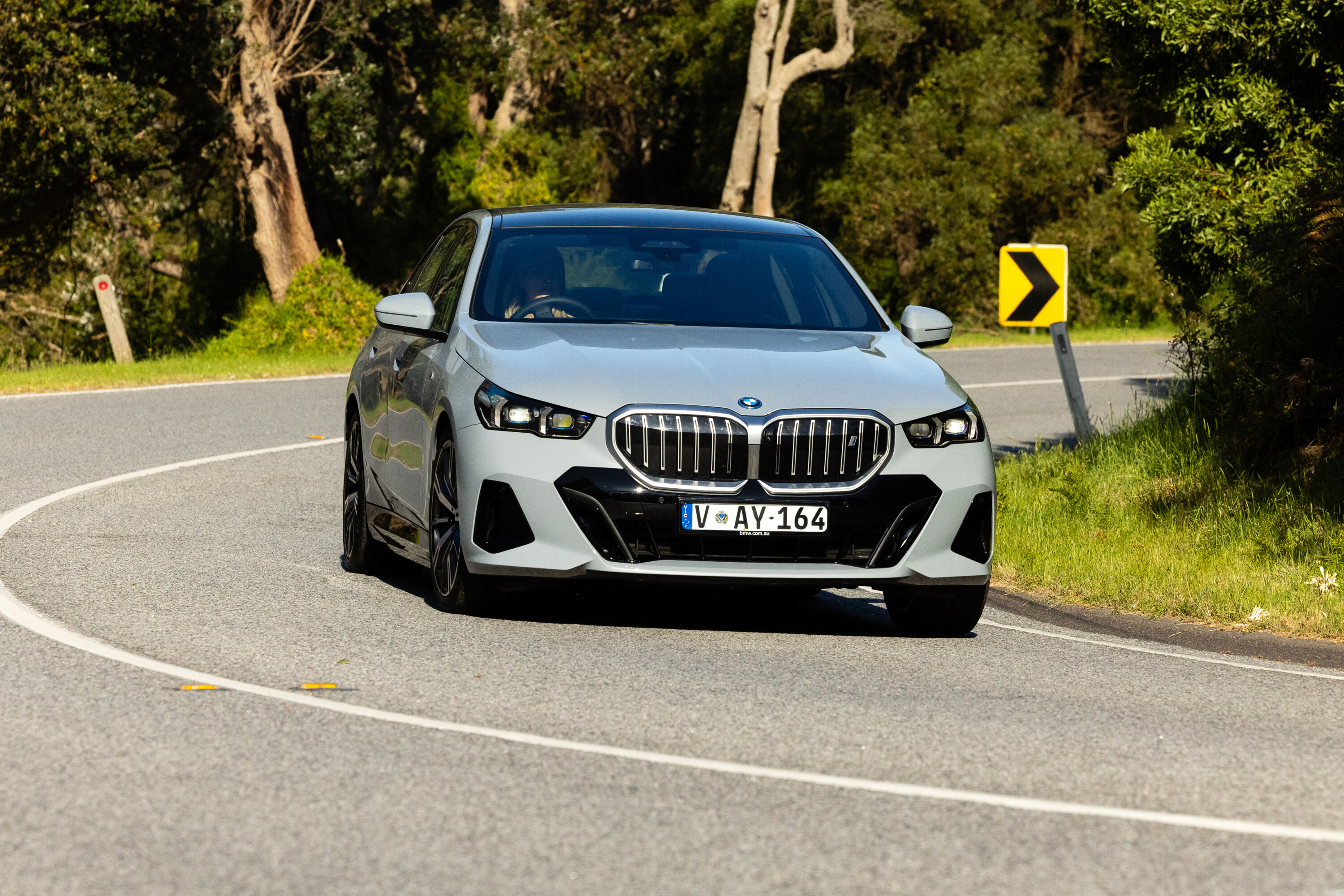
That’s if you’re a road tester or a keen driver. Of course, there will be others who won’t countenance bunging $115K’s worth of their pride and joy at a corner with any real gusto and, if that’s the case, they’ll find a lot to like.
Refinement is excellent, the suspension is pleasantly limber, the steering is a little mute but unerringly accurate and the brakes are more than adequate.
The eight-speed gearbox slurs through the ratios beautifully, the drive logic only occasionally encountering a low-speed hiccup in town, and the cabin ergonomics are sound. The engine, even for an undemanding operator, will feel just about adequate.
If any of the terms in this section have left you scratching your head, these articles will help bring you up to speed!
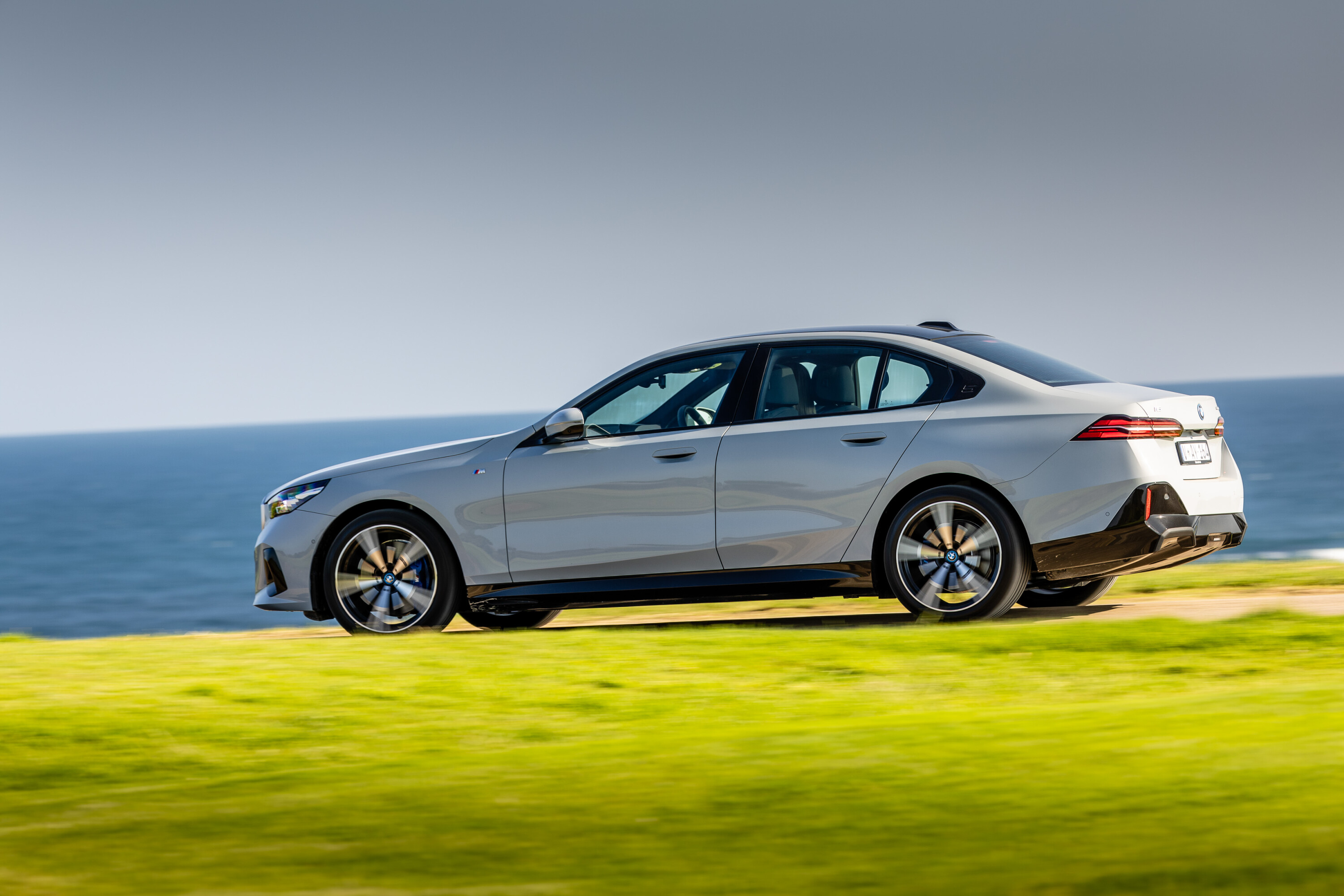
- What is a Powertrain or Drivetrain?
- Power vs torque
- Car suspension explained
- Automatic transmissions (‘gearboxes’) explained
- Chassis control systems explained
- Car vs Ute vs SUV: How the vehicle you buy should guide the way you drive
- What is the WLTP emissions and range test?
The counterpoint to fitting those tyres is that fuel economy is extremely good.
BMW claims an average of 6.9 litres per 100km, yet the car I was driving averaged 6.2 litres over the drive route. That’s phenomenally good for a large, heavy, petrol-engined luxury sedan.
The 48V mild hybrid system fitted to this car certainly helps, the 13kW/200Nm e-motor helping to get the car going.

A Miller Cycle combustion system also prioritises efficiency, which is, in turn, aided by a super-low drag co-efficient (as low as 0.23CD isn some variants).
The 520i prefers 95RON fuel and the fuel tank measures a sensible 60 litres. Combine that with the excellent fuel economy and you emerge with a vehicle that can conceivably get 1000km of cruising range from a tank of juice.
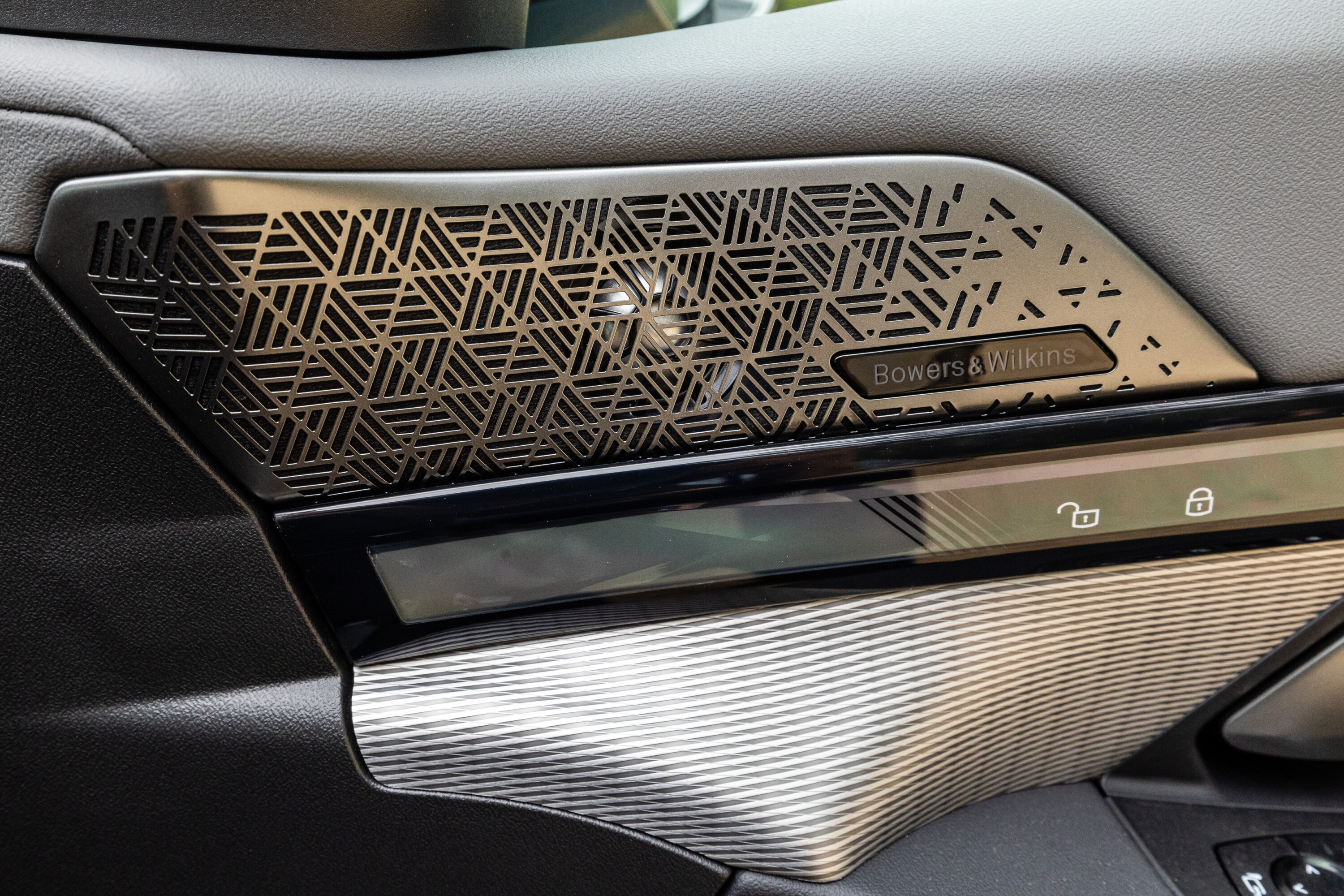
How safe is it?
The G60 5 Series has yet to be tested by EuroNCAP, but is expected to gain a five-star rating.
Standard safety equipment on the Australian-spec 520i includes seven airbags, parking assistant professional pack, active cruise control with stop and go, lane change warning, lane departure warning, front and rear cross traffic alert, rear collision prevention, automatic speed limit assist, evasion assist, and front collision warning with brake intervention.
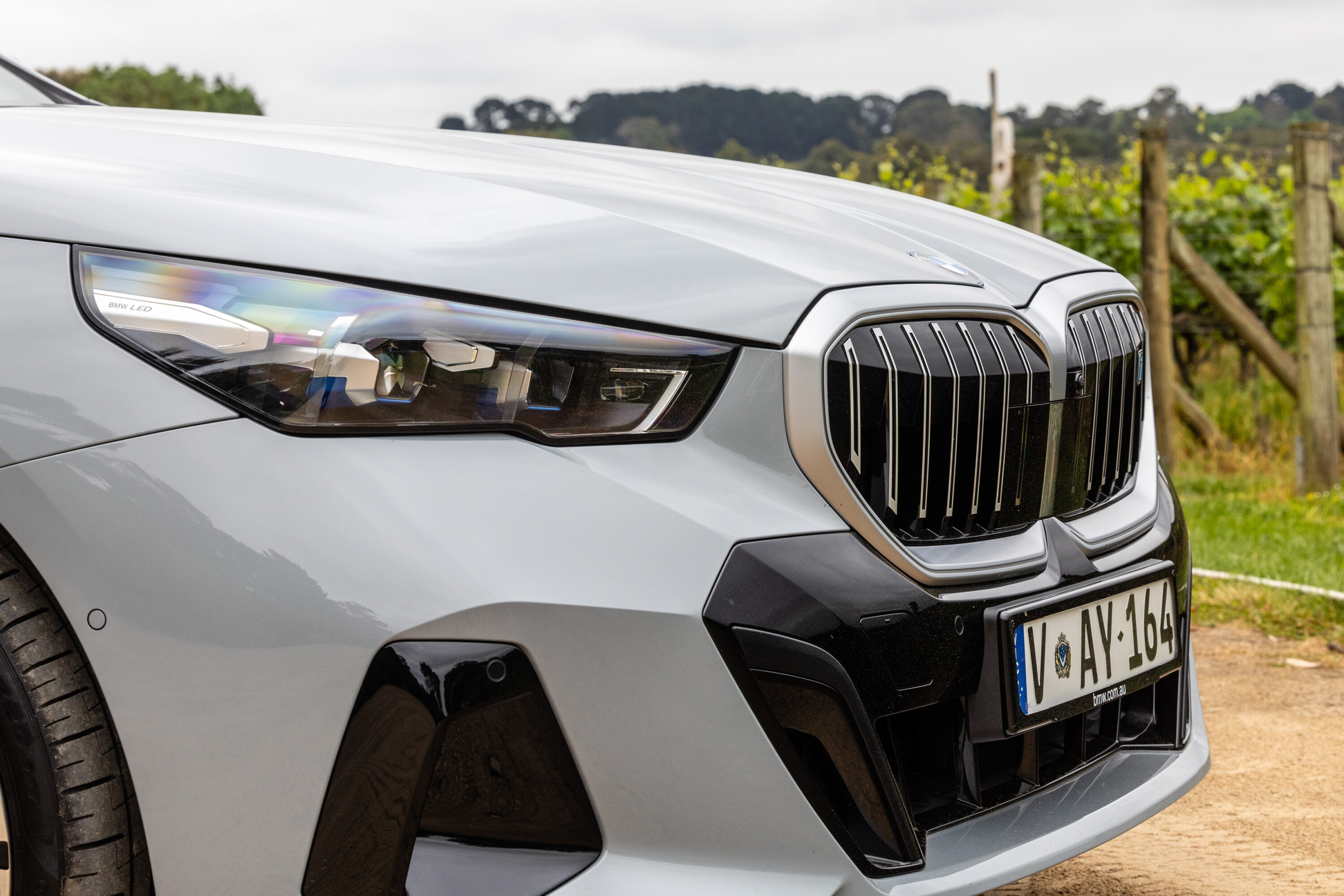
How long is the warranty and what are the running costs like?
Like the rest of the BMW range, the 520i gets a five-year, unlimited kilometre warranty.
Three years of roadside assist is also included in the purchase price and there’s a 12-year anti-corrosion warranty from first registration. Servicing is condition-based.
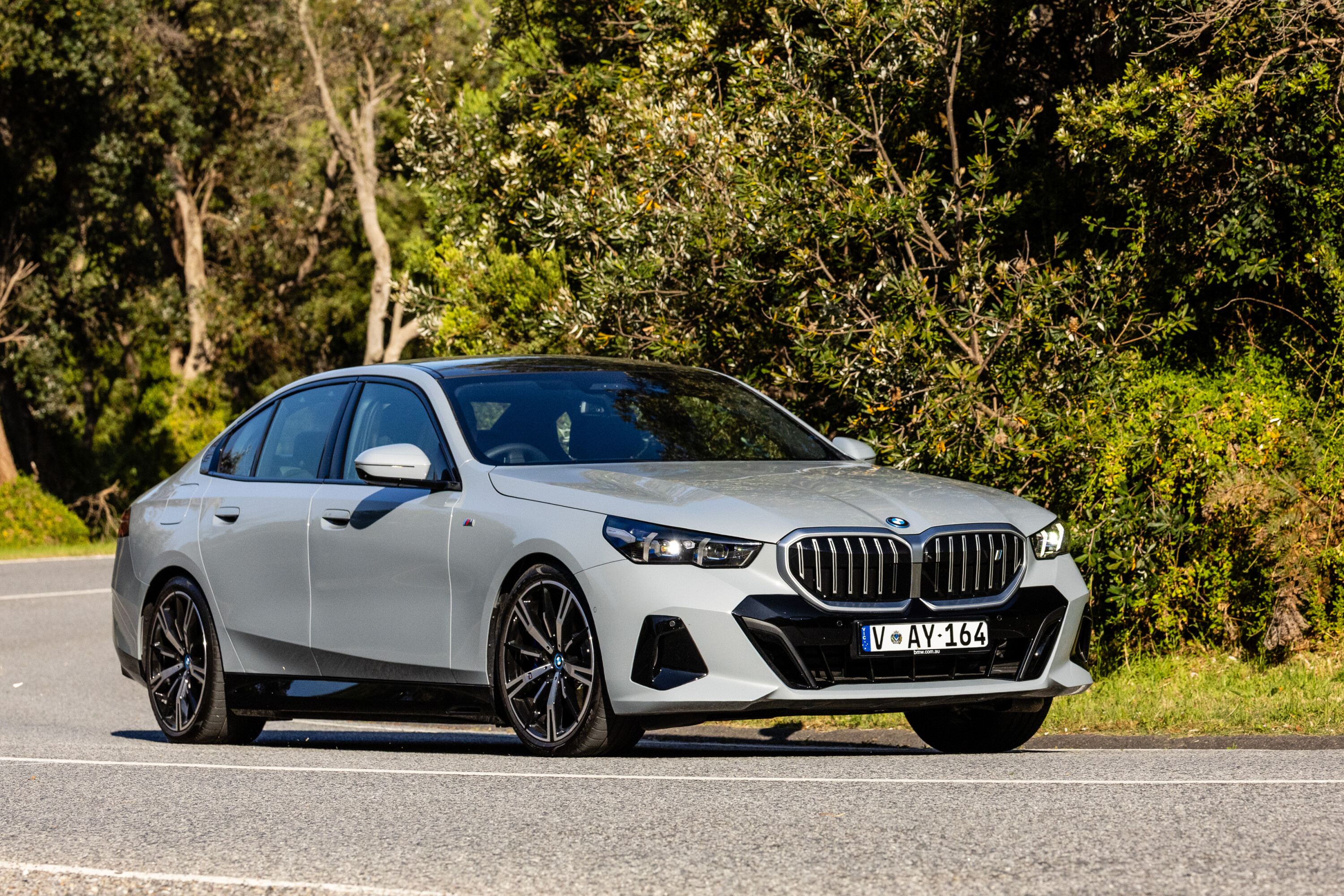
Would you recommend it?
Some vehicles are easier to parse into a fair verdict than others. Much of the BMW 520i is extremely good.
That would be the mealy-mouthed summation of it. It’s largely extremely competent. Perhaps a more valuable critique would be that this is a very good car with a mediocre engine, which rides on unsuitable tyres.
In that regard, it feels as if BMW has done much of the hard work in developing this car, only to be stymied by specification choice. It’s not as if Munich didn’t have other engines on offer. In Europe, this G60 Five is offered with a far peppier 190kW/400Nm tune of this B48 four-cylinder powerplant which should help bring this chassis to life.
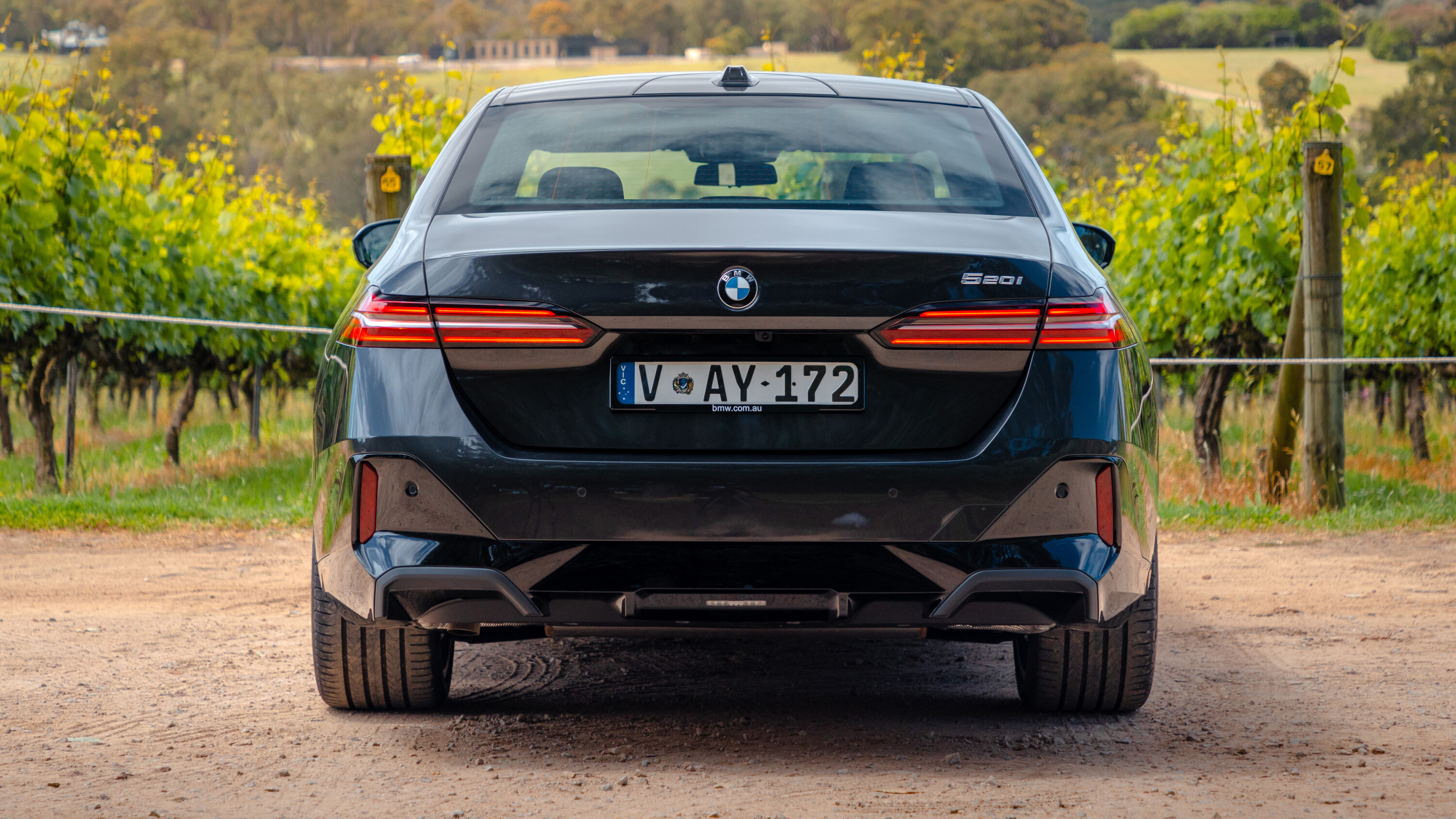
I can only speak as I find, but the tyres were a poor choice on this car. Fit a decent set of Michelins or Pirellis to the 520i and it ought to transform its dynamic characteristics. After all, who are all these people queuing up for a $115K eco car?
As such, I know that there’s 90 percent of a great car here. I can also understand why, having sold less than 500 5 Series units last year, BMW’s Australian arm is reluctant to bear the costs of fleshing out a broad range of petrol variants.

I’d counsel making an exception for a 530i or 530e PHEV model that would act as a step towards the punchier i5 variants and, in the fullness of time, the hybridised M5.
There’s the kernel of greatness here but, in the specification tested, the 520i doesn’t have the chops to truly step up.
After all, BMW has earned an expectation of dynamic excellence and expectation, as we see here, can prove a double-edged sword.
| 2024 BMW 520i specifications | |
|---|---|
| Body | 4-door, 5-seat sedan |
| Engine | 1998cc I4, 16v, DOHC, turbo petrol, 48v mild hybrid |
| Power | 153kW @ 4400-6500rpm |
| Torque | 330Nm @ 1500-4000rpm |
| Transmission | 8-speed automatic |
| 0-100km/h | 7.5 seconds (claimed) |
| L/W/H | 5060/1900/1515mm |
| Wheelbase | 2995mm |
| Boot space | 520L |
| Weight | 1725kg |
| Fuel / tank | 95 RON / 60 litres |
| Fuel use (L/100km) | 6.2L/100km (tested) 6.9L/100km (claimed) |
| Suspension | Struts, coil springs, dampers, anti-roll bar (front) Multi-links, coil springs, dampers, anti-roll bar (r) |
| Steering | Electric rack-and-pinion |
| Tyres | Continental EcoContact 6 245/40 R20 (f) 275/35 R20 (r) |
| Price | $114,900 + on-road costs |
Score breakdown
Things we like
- Ride quality is excellent
- Interior quality and equipment provision might just be best in class
- Styling is restrained and elegant
- Strong fuel economy
Not so much
- Engine is largely underwhelming
- Eco tyres are unbecoming of a BMW sedan
- Only petrol-powered model in range at launch
- Unresolved product pitch
We recommend
-
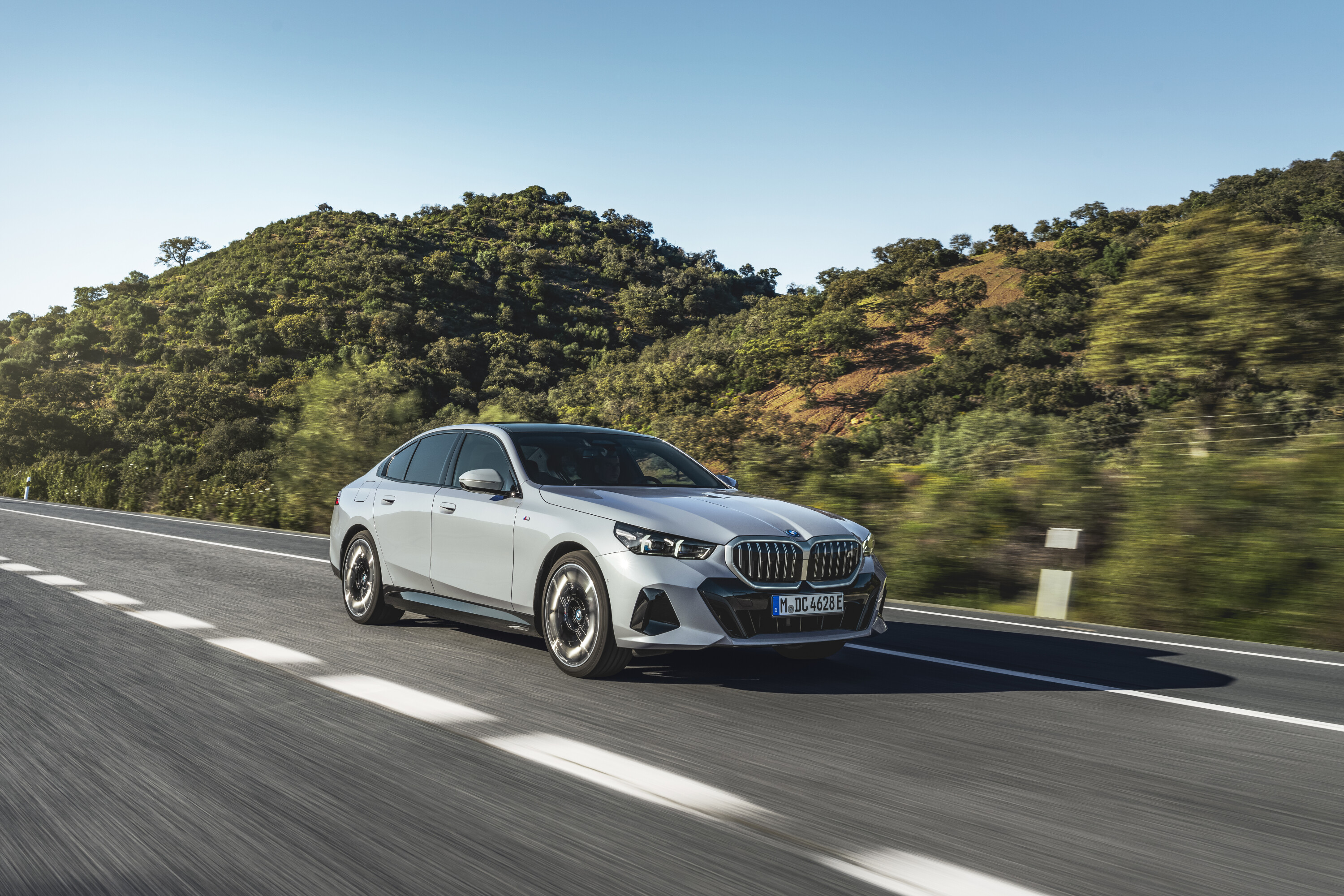 News
News2024 BMW 5 Series & electric i5: Pricing and features
BMW's eighth-gen executive sedan is coming to Australia this year priced between $114,900-215,900
-
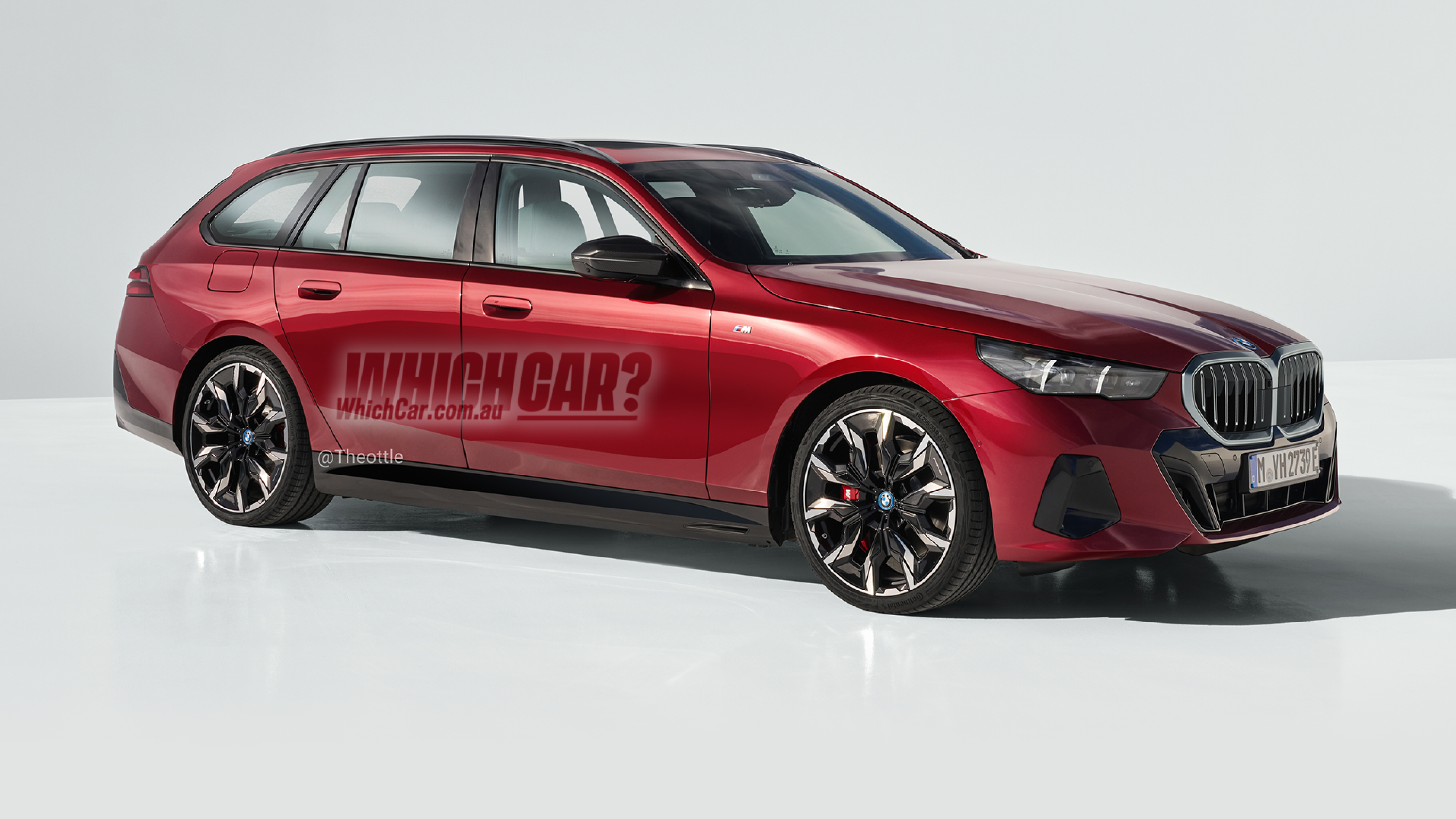 News
News2024 BMW 5 Series Touring wagon imagined
With the recent reveal of BMW's new 5 Series and i5 electric sedan, it just makes sense to wonder how it'd look as a wagon...
-
 News
News2025 New Car Calendar: All the new cars coming to Australia
Take a look at our list of what is expected to launch in Australia in 2025 – plus those we might not see locally just yet


